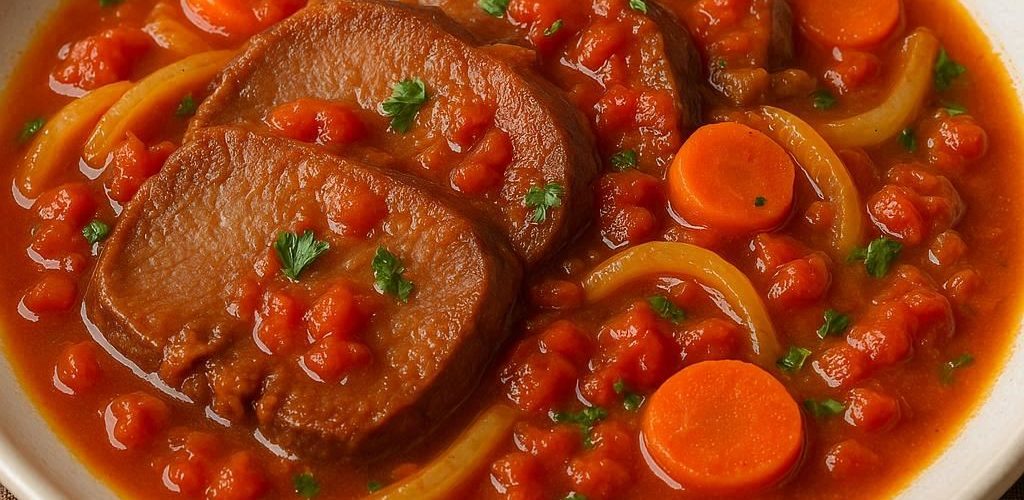Nicaragua, a gem in Central America, is renowned for its rich culinary heritage that reflects a fusion of its indigenous roots and Spanish colonial influences. Among its many traditional dishes, Lengua en Salsa stands out as a testament to the country’s unique gastronomic identity. This dish features beef or veal tongue, delicately simmered in a savory sauce that infuses the meat with deep, hearty flavors, making it a must-try for any food enthusiast.
What is Lengua en Salsa?
At its core, Lengua en Salsa is a dish centered on beef or veal tongue, a cut of meat that may not be as commonly featured in mainstream culinary practices but is revered in many cultures for its tender texture and rich taste. When prepared correctly, tongue offers a melt-in-your-mouth experience that few other cuts can match. In Nicaragua, the tongue is slow-cooked until it’s tender, then smothered in a robust salsa made from tomatoes, onions, and various spices that showcase the vibrant flavors of Nicaraguan cuisine.
Ingredients and Preparation
The preparation of Lengua en Salsa typically begins with the tongue being thoroughly cleaned and boiled until tender. This initial step is crucial as it not only softens the meat but also allows for the removal of any impurities. Once tender, the tongue is removed, cooled, and sliced into thin pieces.
The next phase involves creating the sauce, which is where the dish truly shines. A blend of ripe tomatoes, onions, garlic, and spices such as cumin and oregano are sautéed to develop a flavorful base. Some recipes may also incorporate bell peppers or hot peppers for an added kick. Once the vegetables are soft and aromatic, the sliced tongue is added back to the pan, allowing it to soak up the savory sauce. A splash of beef broth or water may be added to achieve a desired consistency, and the dish is left to simmer, ensuring every bite is infused with deep flavors.
Cultural Significance
Lengua en Salsa is not just a popular dish; it also holds a significant place in Nicaraguan culture. It is often served during special occasions, family gatherings, and celebrations, providing an opportunity for loved ones to come together and enjoy a hearty meal. The sharing of this dish often sparks conversations about family recipes and traditions, thereby passing down culinary knowledge through generations.
Serving Suggestions
Traditionally, Lengua en Salsa is served with rice, which helps to balance the richness of the tongue and sauce. Corn tortillas are also a familiar accompaniment, allowing diners to enjoy the dish in a more interactive manner. For those adventurous enough, a side of pickled vegetables or a fresh salad adds a refreshing element that complements the hearty flavors of the tongue.
Conclusion
In conclusion, Nicaraguan Lengua en Salsa is more than just a dish; it is an inviting experience that embodies the spirit of Nicaraguan hospitality. For anyone looking to explore the depths of Nicaraguan cuisine, this robust and flavorful dish is a fantastic starting point. Whether you’re enjoying it at a family gathering or trying your hand at crafting it in your own kitchen, Lengua en Salsa offers a delicious journey into the heart of Nicaragua’s culinary landscape.




Add comment